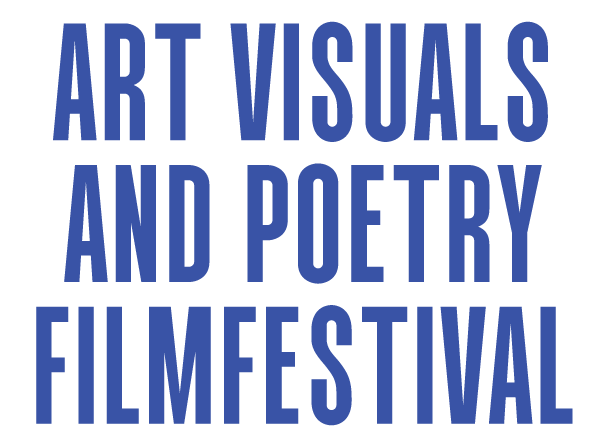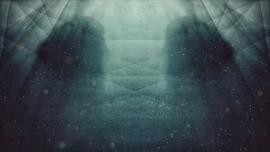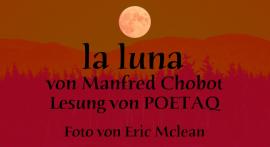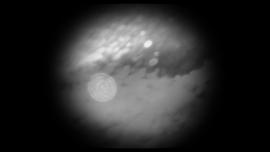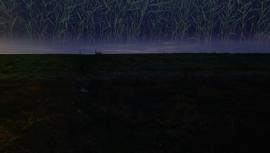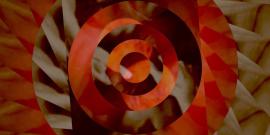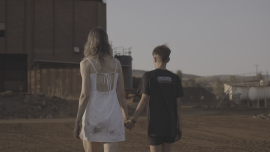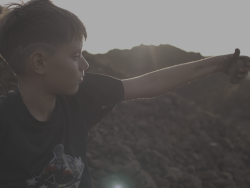Special Award 2023 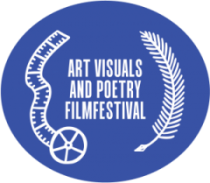
Art Visuals & Poetry Film Festival 2023
17th of November 2023, 18:00
Location: Factory in the Künstlerhaus, Am Karlsplatz 5, 1010 Vienna
Festival poet Manfred Chobot
2023 the festival has launched a poetry film competition based on the festival poem "la luna" by Viennese poet Manfred Chobot. The poem was provided in a sound studio recording with an English translation by Mark Kanak.
Seven selected interpretations of "la luna" will be shown in this competition block. They come from England, Ireland, Japan and Cyprus. The film prize is endowed with 500 Euros and will be awarded by the festival's film jury.
Moderation: Sigrun Höllrigl
The theme of this poem is 'peace.' When we look at the boundary between the east and west, or north and south, in the craters of the moon, we, as Earthlings, reflect upon the folly of 'dividing ourselves.' Boundaries (rivers) often overflow, yet the place to return to is ultimately the nurturing ocean. Romulus and Remus were also nurtured by the same mother. That mother is the 'moon,' under which they can rest in tranquility. This could be described as a serene anti-war poem.
La Luna is a reflection on cultural and sociological differences and explores this through the words by Manfred Chobot using the River Po and its Greek mythology filtered through Roman culture. The visual content though doesn’t use the river Po but largely an English river system that in its own small way reflects the events and qualities of the Po. The film has five sections including the introduction that opens the sequences, after which the sequences are entered with Germanic words and then closed by English words. The film starts with the spoken reading of the poem against a huge body of water (sea). Not particularly the sea mentioned towards the end of the poem but that of Oceanus which Selene (or Luna) rises from. There are also gender identifications such as Selene (or Luna) being female and sister to her brother Sol (sun or Helios). Night and day, dark and light. The rivers, such as the Po and Danube are also male, born from the earth which is female (Gaius). As Selene (or Luna) ages, she becomes personified and divides, so that one aspect of Artemis (or Diana) is that she is represented as the person of ‘three ways’, represented in the film by both bright moon images, and a dark disc which is the pathway to Hades but also by Diana of the hunt. The moon re-appears at the end, Romulas and Remus, as the Po returns to the sea, the two apparent sources ending with two principal discharges into the sea. The film ends with a return to land covered in mist and unknowing.
We have interpreted Manfred Chobot’s poem “La Luna” as commentary on the inherent divide expressed in the philosophical and religious modes and mores of Western civilisations. This divide is expressed as opposing poles of “mind-matter” ,“ideal-pragmatic” and even as a schism between “god-human” or even “man-woman”. The film highlights the similarities between apparent opposing forces and stresses the desperate attempt for reconciliation of said opposites – all while conveniently ignoring the out-in-the-open secret of their true and unshakable unity.
